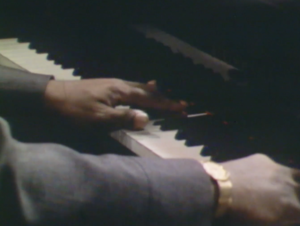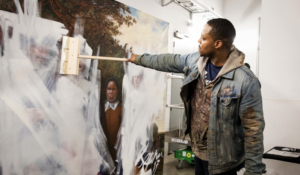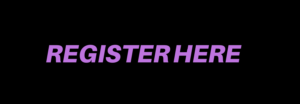SSCAC and Black Harvest Film Festival, in partnership with the Gene Siskel Film Center invite you to a complimentary afternoon screening of REWIND & PLAY!

Image courtesy of REWIND & PLAY. 2022, Alain Gomis, USA, 65 mins
In 1969, famed jazz pianist Thelonious Monk performed at the 3,000-seat Salle Pleyel concert hall in Paris. Before the concert, he recorded an episode of the French television show “Jazz Portrait,” hosted by pianist Henri Renaud.
In this daring work of non-fiction filmmaking, director Alain Gomis examines not the interview, but the raw archival footage – the moments not seen by the television audience – where it becomes painfully clear that the host and producer are only interested in the musician if he plays voiceless and silently, without speaking about his experiences as a Black artist during a time of social and political unrest. Despite the oppression, Monk plays on – his music, now in the context of REWIND & PLAY, all the more exceptional.
REWIND & PLAY will be preceded by SHUT UP AND PAINT.

Image courtesy of SHUT UP AND PAINT. 2022, Alex Mallis, Titus Kaphar, USA, 21 mins
In SHUT UP AND PAINT, contemporary painter Titus Kaphar uses film as a medium to explore, challenge, and examine the ways in which the art market seeks to silence his activism.
The 28th Black Harvest Film Festival – Chicago’s annual showcase for films that celebrate, explore, and share the Black, African American and African Diaspora experience – will be held November 4 through 20 in person and November 21 through 27 online! Festival passes and tickets for our full lineup of feature films, short film programs, and special events are now on sale!
Complimentary popcorn from Chicago-based and Black owned popcorn company Herby Pop will be available for attendees.




